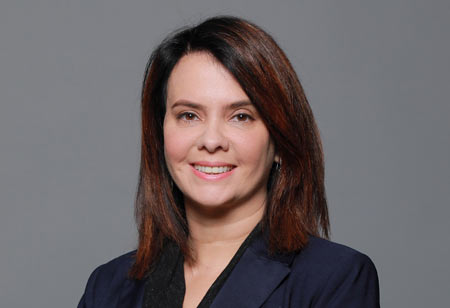

Thank you for Subscribing to Cannabis Business Insights Weekly Brief

Asia-Pacific is the largest and most diverse region in the world, with multiple healthcare systems and specific regulations, whichrequires a deep understanding of the main challenges to better navigate this unique ecosystem.
If we look at the healthcare infrastructure andthe medical servicesaccessin APAC,we can observea wide varietyamong the different countries. Some countries may have a well-developed healthcare system, while others may face serious resource constraints. Despite these differences, there is one point in common within the region, which is the fact that life expectancy is increasing, which requires that patients have access to better treatments. To guarantee access to innovative treatments is a challenge for many countriesworldwide but is especially important for this part of the world which accounts for more than half of the global population. How to deploy the best drug development strategy forAPAC? By understanding the local healthcare environment, being able to definestrategies that are tailored to the region’s needs, and dealing with each country’s individual challenges. It is important to payspecial attention to the countries that require ethnic differences to be addressed early in advance or to the ones that require apercentage of their population to be represented in the development.As the region is home to diverse ethnicitiesand genetic profiles, it is important to consider these specificities, ensuring that the different populations are represented within the trial. It is also important toengage key local stakeholders, including investigators, opinion leaders, patient advocacy groups, and regulatory authoritiesadaptingit to the local context as it can support you to better navigate the regional landscape and to gain the necessary support for successful trial implementation. What are the main challenges to conducting clinical trials in APAC? The fact that there is not a common regulatory framework, sometimes even differences in the disease epidemiology or medical practicemay be observed, leading to the need to adapt the strategy according to the specific country you are targeting within the region. It is not advisable to rely solely on a one-size-fits-all approach when transitioning from one country to another.Patient recruitment and retention, for example, may be impacted bycultural beliefs, attitudes, and practices related to healthcare and clinical research, and one example is the use of traditional medicine, whichiscommonly used in many Asian countries, which may impact the trial. How to increase the chance of success considering all these specificities? It is important to involve the region early enough in the clinical development programto ensure that the population with varying genetic backgrounds, environmental factors, and lifestyles are included. Excluding APAC from the early phases of clinical development may result in a lack of representative data and potentially miss important insights into the safety, efficacy, and response to treatments within this population.The region presents unique opportunities to access large and diverse patient populations; not including them can result in slower recruitment, longer timelines, and potentially insufficient data to support regulatory submissions.If the decision to include APAC is made at a later stage of clinical development, it may require additional resources, time, and costs to adapt study protocols, consult and recruit local investigators and experts, establish collaborations, and address specific regional requirements. This can lead to delays in trial initiation, increased costs, and overall inefficiencies in the development processby prolonging the overall development timeline. To conclude,early involvement of APAC in the clinical development program can help mitigate potential challenges and maximize benefits, increase the probability of success of the overall development program, and guarantee that APAC patients will have access to innovative treatments as fast as possible.I agree We use cookies on this website to enhance your user experience. By clicking any link on this page you are giving your consent for us to set cookies. More info